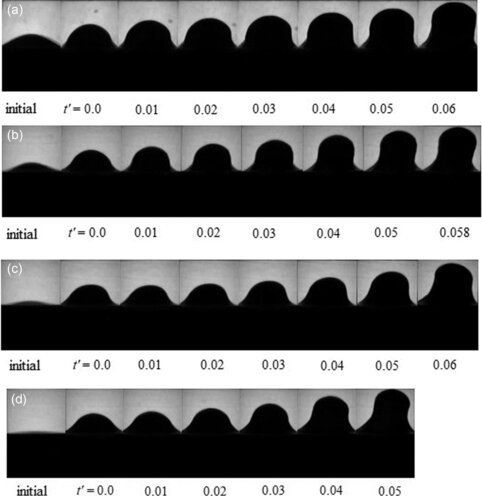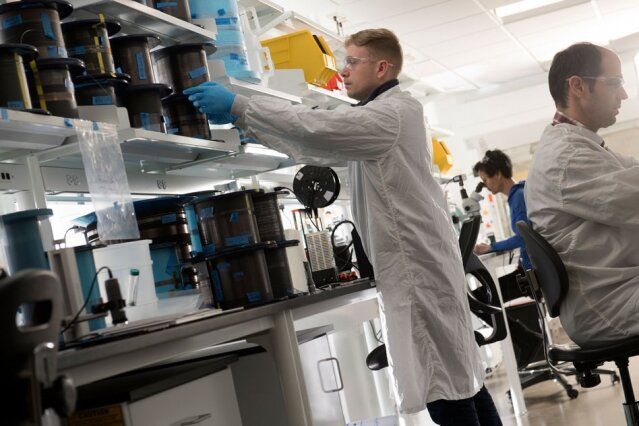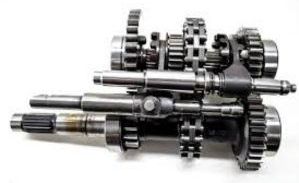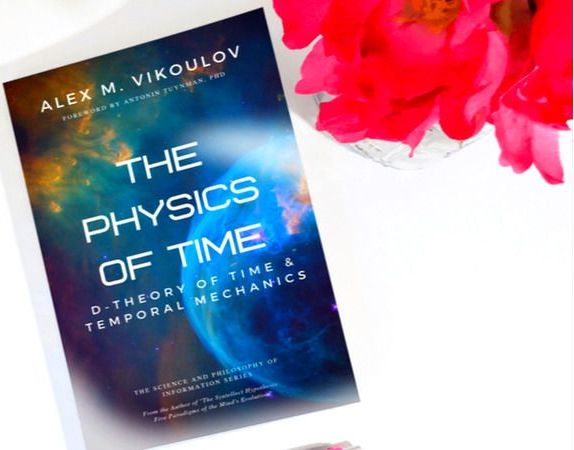Arindam Banerjee, an associate professor of mechanical engineering and mechanics at Lehigh University, studies the dynamics of materials in extreme environments. He and his team have built several devices to effectively investigate the dynamics of fluids and other materials under the influence of high acceleration and centrifugal force.
One area of interest is Rayleigh-Taylor instability, which occurs between materials of different densities when the density and pressure gradients are in opposite directions creating an unstable stratification.
“In the presence of gravity—or any accelerating field—the two materials penetrate one another like ‘fingers,’” says Banerjee.







